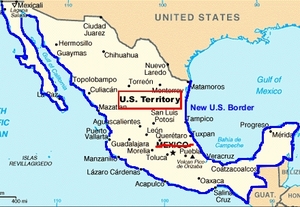Willem de Kooning was born in 1904, in Rotterdam, Netherlands. He was accepted to the local art school at the age of twelve. Just ten years later he stowed away on a ship and made it to America. When he first arrived he made his living as a humble house painter. A few years later he was a teacher at Black Mountain College. After the war (World War II) he began his abstract expressionist paintings (Later in his career he experimented with other “isms”). At this time he was an art critic. He was greatly influenced by Pablo Picasso. Throughout the 40’s and 50’s he painted his most famous collection “Women” which is stored in the Museum of Modern Art, New York City. His pigments shook the art community once being described as “vomit” on a canvas. His women paintings reflected men’s fears. He continued painting until the 1960’s where he moved onto sculpture. In the 1980’s when he was diagnosed with Alzeihemer’s Disease which sent his life on a downward spiral. In his declining state court stripped him of his estate. It is still a mystery as to what happened to de Kooning as his later work were so detailed it was practically a photograph. Much different from his earlier abstract expressionist paintings.
In 1960, Willem de Kooning painted “Door to the River,” which is now stored in the Whitney Museum of American Art in New York. In this painting he uses long strokes and flicks of the wrist to create a flowing like painting thus representing the river even though the river is barely visible. What is visible is a what looks to be a small house which is obviously the door. This painting could mean many things maybe its another way of saying “the grass is greener on the other side” only it would be something like “paradise lies through the door to the river.” While looking at this painting I receive a serene like feeling because often I associate water with summer which is probably the most relaxing time of the year for me. This painting also represents freedom because it’s not bounded by the boundaries of reality. If the “door” is an impossible shape it doesn’t matter. In art he is free to paint whatever he wants, whatever way he wants, in whatever color he wants and he chooses to exercise that right to the absolute maximum in this painting.
Although he experimented with some other “isms” de Kooning was considered an abstract expressionist. This form of art expresses the artist solely through colors. It is non-representational and non-objective. This means that it has no real subject it’s often just a combination of pigments going in any motion. This is an extremely interesting “ism” because it comes completely from the mind and can not be influenced by existing things.
In summary Willem de Kooning lead an incredibly adventurous life, stowing away on a merchant ship to America. Then making his own way all the way to teacher at a university. Later his true genius was discovered in his artwork. He created incredible masterpieces such as the “Women” collection and my personal favorite “Door to the River.”
Works Cited
“Willem de Kooning” Wikipedia the Free Encyclopedia May 3, 2006.en.wikipedia.org/wiki/Willem_de_Kooning
“Willem de Kooning”http://www.thearchitectpainter.com/MadisonGray/deep_SIGHT/reviews/CSM_deKooningDiebenkorn.htm

